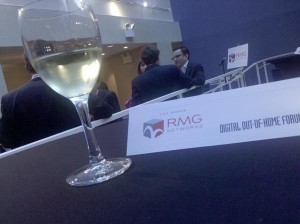From sad shrimp to tequila trains, people and companies all around the Gulf Coast seem to have jumped on the OOH media train to improve the situation left in the wake of the BP oil spill.

From the beginning, the issue has been one of raising awareness, change, and funds to help local residents. To do this, Adams Outdoor Advertising used the power of OOH media to bring the situation into daily conversations. Using their own billboards, they posted creative showing a sad face with eyes made of shrimp and a mouth made of an oily brushstroke. Not only is the ad effective in getting your attention, it also brings the realization that the spill touched everyone in the area… especially those fishermen whose livelihoods depend on ocean life.

On the other side of the spectrum, Patron Tequila took a fun approach to raising money for Gulf residents. The St. Bernard Project partnered with The Patron Spirits Company to create the “Patrón Tequila Epicurean Express,” a restored 1927 train car that toured the country, stopping for two nights in select cities. In exchange for donations, people could board the train for a cocktail party the first night, while big spenders were also invited to a gourmet dinner the second night.
Other areas of the Coast, such as the Florida Panhandle, are finding creative ways to lure tourists back to the area they claim is unaffected by the spill. And what better way to inform people that your vacation destination is as oil-free as ever than to show them? VP of marketing for the Panama City Beach Convention and Visitors Bureau, for example, is using digital billboards to post images of the pristine beaches she snapped using her iPhone. The images are then displayed alongside messages like “Our Coast is Clear” and “Wish you were here.”






